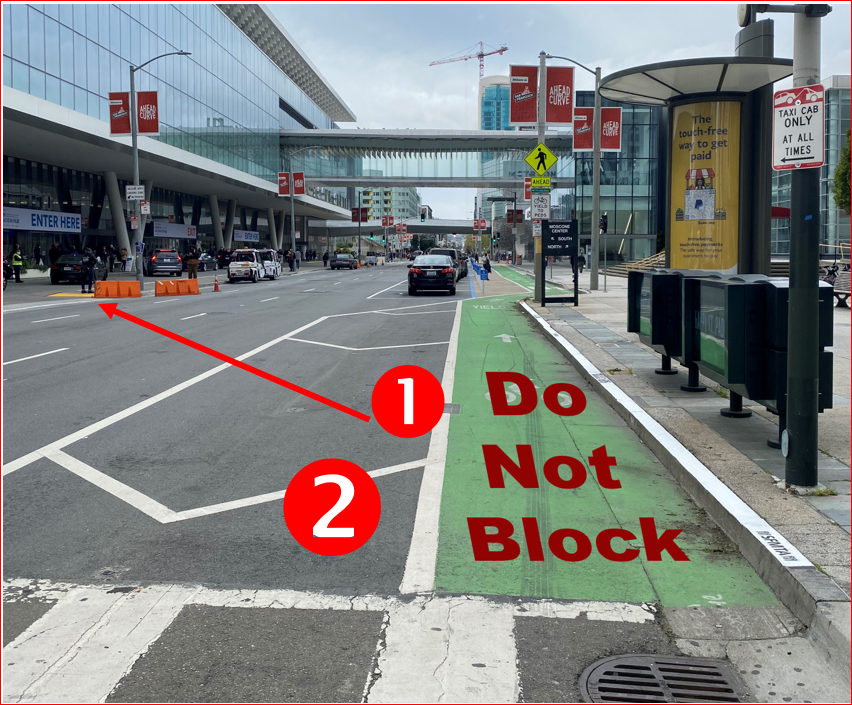
*The Good Samaritan Law is intended to reduce bystanders’ hesitation to assist in an emergency. This method is also effective for individuals who have been trained in CPR before but may not remember all the steps of conventional CPR. Push hard and fast to give chest compressions.Some have asked, why did CPR change Answer: Just like you can hold. Now, instead of A-B-C, which stands for airway and breathing first followed by chest compressions, the American Heart Association wants rescuers to practice C-A-B: chest compressions first, then airway and breathing. Call 9-1-1 and stay on the phone with the dispatcher as you The 2010 CPR Guidelines rearranged the order of CPR steps.The Hands-Only CPR method is recommended for use on teens or adults that you witness suddenly collapse.
CAB STANDS FOR IN CPR UPDATE
This new update sets an upper limit for the chest compression rate, as excessive compressions and depth can adversely affect a patient’s outcome. Recent science indicates that more compressions lead to a higher survival rate. Per the 2015 updates, you should deliver at least 100 to 120 chest compressions per minute (previous rate was 100 compressions / minute).
A face mask or cloth that covers the mouth and nose of the rescuer and/or victim may reduce the risk of COVID-19 transmission to a non-household bystander. Perform chest compressions and consider mouth-to-mouth ventilation. A face mask or a cloth that covers the mouth and nose of the rescuer and/or victim may reduce the risk of COVID-19 transmission to a non-household bystander. According to studies, as compared to ABC, the CAB strategy was more effective in delivering. Perform at least hands-only CPR after a cardiac arrest event has been identified In first aid, ABC stands for Airway, Breathing, and Circulation. PPE should be put on before conducting CPR. Below are the primary interim changes to CPR during COVID-19 times. However, lay rescuers of family members are likely to have already been exposed to COVID-19. In these times when everyone is being affected by the Coronavirus disease (COVID-19), many lay responders/community rescuers are unlikely to have access to adequate PPE. They are also at an increased risk of exposure to COVID-19 during CPR, which might make individuals hesitant to act in times of cardiac emergencies. Open the airway with the head-tilt chin-lift motion.Ģ020 Interim Guidance for suspected or confirmed COVID-19 patients:. Chest recoil is vital after each compression. When giving mouth-to-mouth rescue breaths to sudden cardiac arrest patients in a life-threatening situation with higher chances of permanent brain damage, the following steps must be considered: The first step is to pinch their nose and keep the airway open. Depth of compressions: detailed in following chapters for adult, child and infant. Rate of compressions: You should give at least 100 to 120 compressions per minute in cycles (or sets) of 30 compressions and 2 breaths (30:2). So as you can see, by starting chest compressions first, the victim only has to hold his breath an extra 18 seconds while blood gets flowing again.The sequence of steps for conducting CPR using the C-A-B method (detailed further in following chapters) By changing the sequence to C-A-B, chest compressions will be initiated sooner and ventilation only minimally delayed until completion of the first cycle of chest compressions (30 compressions should be accomplished in approximately 18 seconds). The summary of it all is: In the A-B-C sequence chest compressions are often delayed while the responder opens the airway to give mouth-to-mouth breaths or retrieves a barrier device or other ventilation equipment. All that extra time is getting in the way of real help: chest compressions. 

When rescuers are worried about opening the airway and making an adequate seal and possibly trying to find a CPR mask of a purse or briefcase, the delay can be significant.

What cardiac arrest victims really need is for that blood to get flowing again.Just like you can hold your breath for a minute or two without having brain damage, victims ofcardiac arrest can go a minute or two (actually a lot longer than that) without taking a breath.The 2010 CPR Guidelines rearranged the order of CPR steps.







 0 kommentar(er)
0 kommentar(er)
